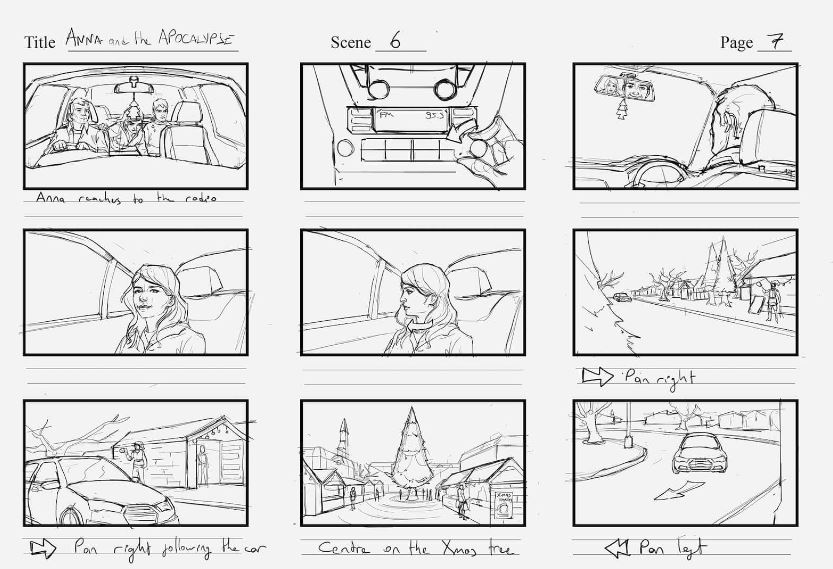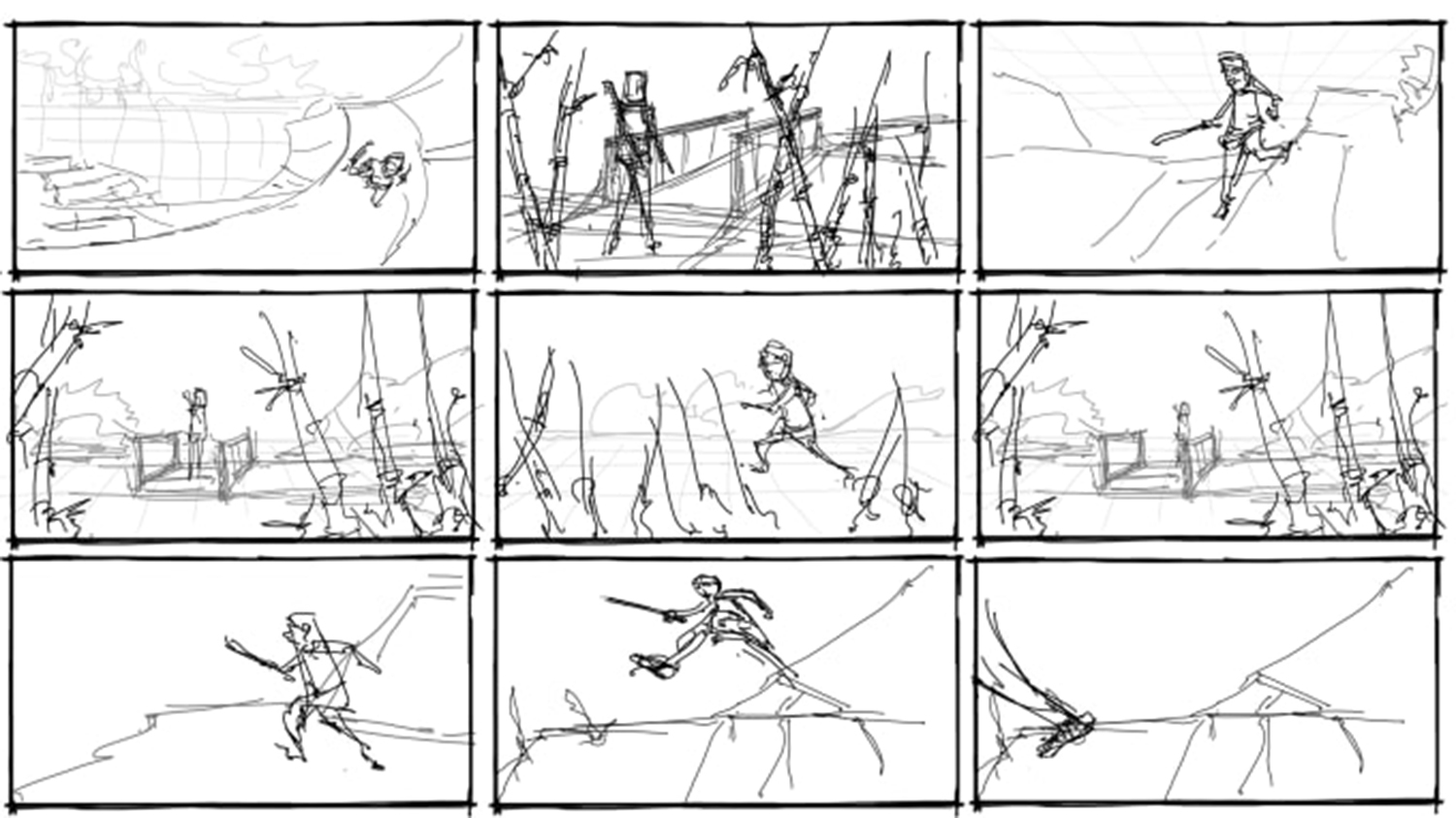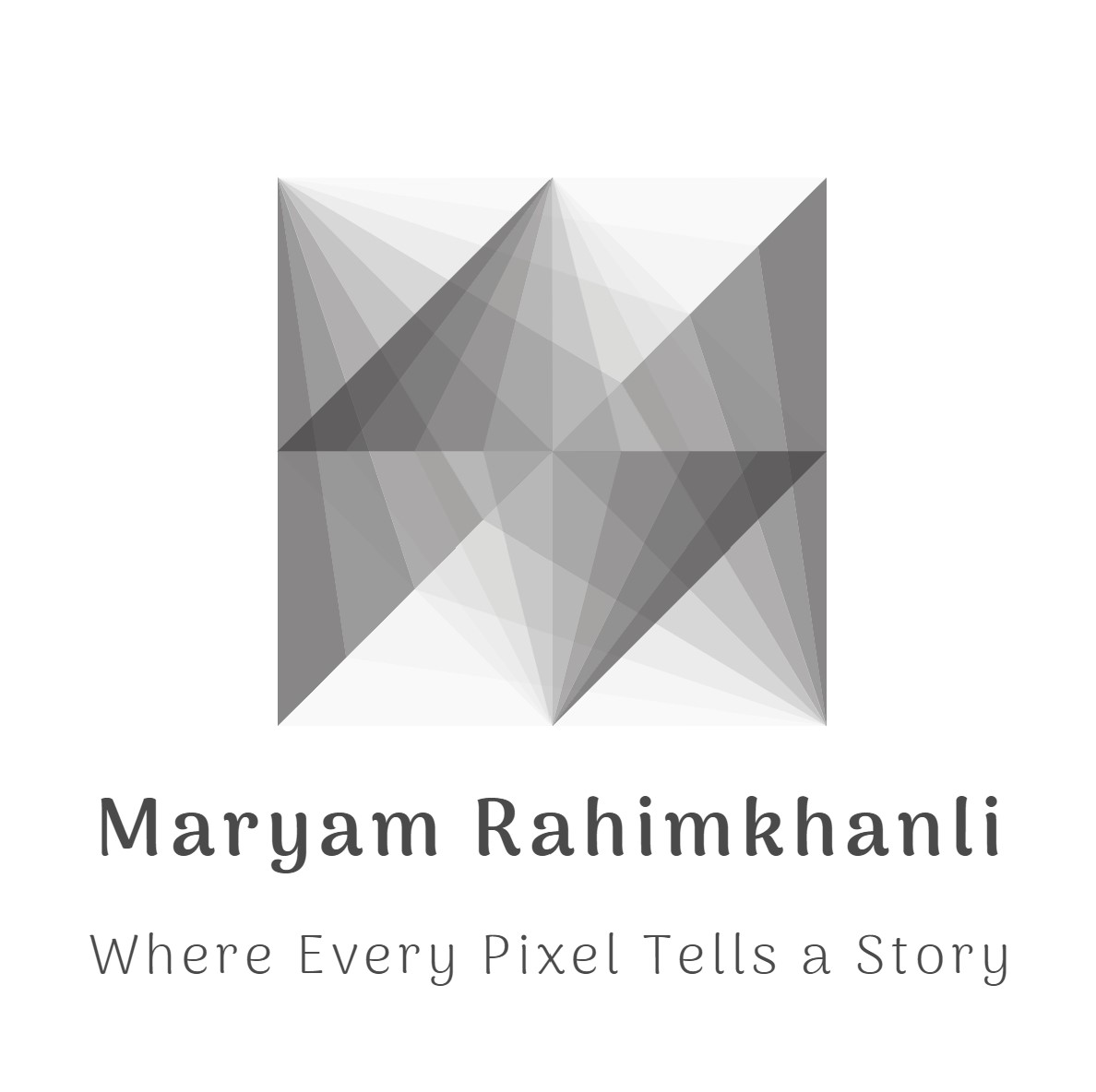We have many ways of telling a story—through words, plays, movies, etc. One way that is particularly
descriptive, visually rich in information, easily understood, and interesting to view is the storyboard. A
storyboard as a series of cells (drawings, photographs, paintings, etc.) physically arranged to tell a story in a
specific sequence. Storyboards can tell the story of what we envision happening, or they can relate events that
have already happened. Storyboards can use images as simple as stick figures or as complex as a film frame.
They may also incorporate text.
Storyboards have been around since the beginning of recorded time. Early examples of storyboards, from the
cave drawings found in France to the hieroglyphics of Egypt and the “story rings” of native Americans, show
how picture sequences were used to record events and perhaps even enhance the oral telling of the events.
This paper describes how anyone can, and probably already does, create at least some form of storyboards.
Most of us have conjured up storyboards in our minds when we've thought of upcoming events and visualized
possible results of these events. You may have considered this activity “a mental run-through” or simply
“thinking things through.


